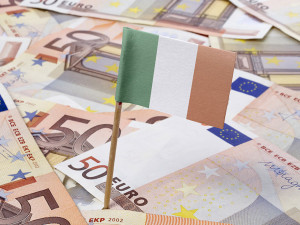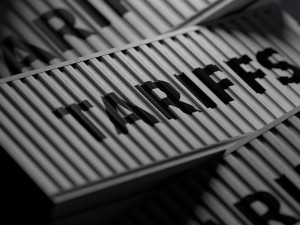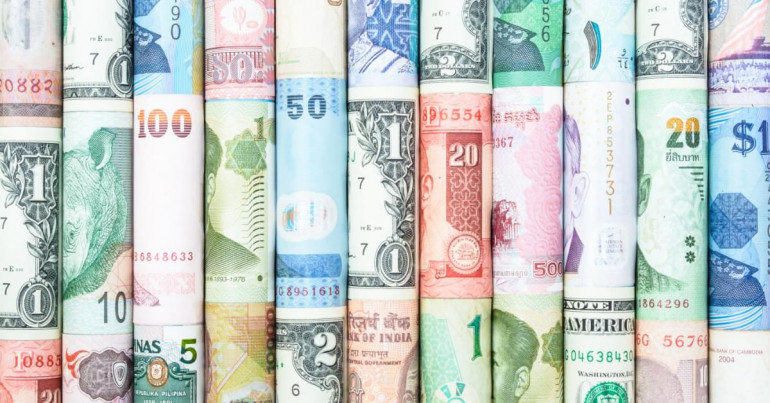
The strongest currencies are often highly sought after, such as the most valuable currency of the Kuwaiti dinar, or rooted in strong, influential economies, such as the US dollar.
A weak economy will often dictate a weak currency, but often a weak currency is due to the fact that the currency in question is not in demand. Conflict, isolation and high inflation are often what contribute to a currency’s rapid depreciation.
Here are the weakest currencies in the world as of 2023.
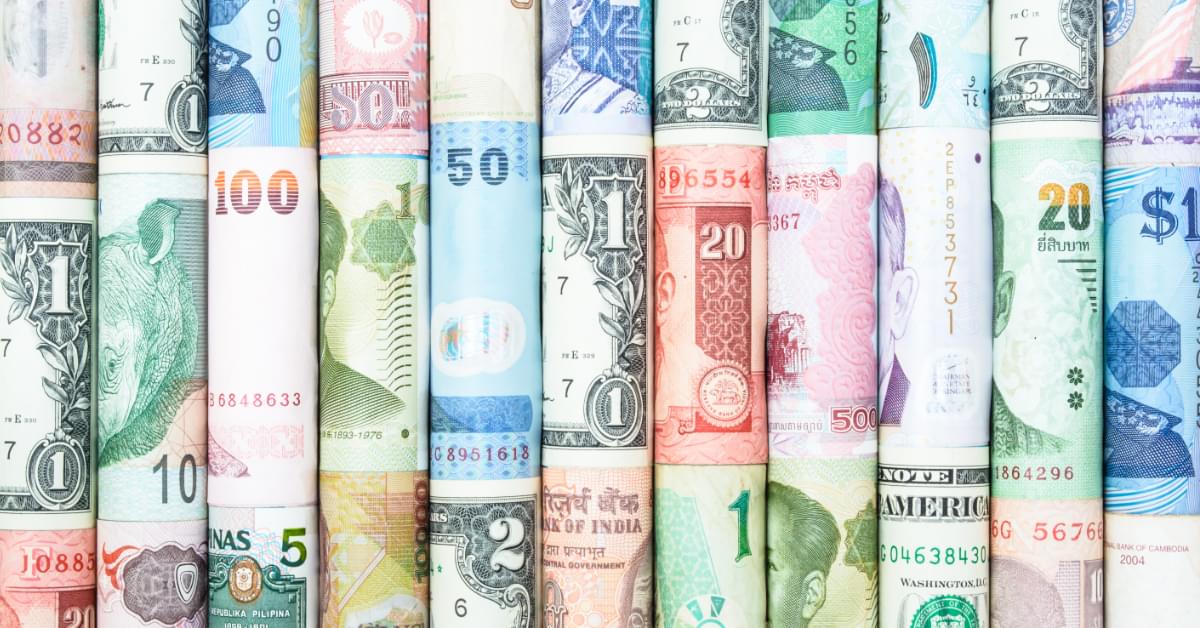
20. Mozambican Metical (MZN)
Before the metical in Mozambique there was the escudo, until it was replaced in 1980. However, the metical underwent severe inflation, which resulted in 2005 the metical being the weakest currency in the world at around 24,500 meticals to the dollar.
Since then, a new metical has been introduced at a 1,000:1 conversion rate, and the currency has somewhat stabilised.
19. Malagasy Ariary (MGA)
The central currency of Madagascar, the Malagasy ariary replaced the franc in 2005. While Madagascar has not gone through too much economic turmoil, the country remains very poor, with approximately 69% of the population living below the poverty line, earning just one dollar a day – keeping the ariary a fairly undesirable currency.
18. Tajikistani Somoni (TJS)
Since its separation from the Soviet Union in 1991, Tajikistan went through a civil war and subsequently moved into an authoritarian regime.
The current economic situation is fragile, as the country is plagued by corruption and economic mismanagement. Their foreign revenue is also dependent on remittances from abroad and exports of aluminium and cotton. As the country is susceptible to external shocks, as well as guilty of several human rights violations, this makes the somoni undesirable as a currency.
17. Somali Shilling (SOS)
The Somali shilling is a weak currency, but this may be about to change, and in a few years, it may not even be on this list.
After the civil war which caused the breakdown in the central authority, the value of the Somali shilling plunged, and The Central Bank of Somalia completely shut down. However, in the late 2000s, a recovery was in sight, and alongside the return of many expatriates, Somalia saw an influx of investment. By 2014, the Somali shilling had appreciated by almost 60% against the dollar in just one year and has shown new strengths in recent years.
16. Comorian Franc (KMF)
Comoros (three independent islands in Southeastern Africa) has a population of almost 930,000. Despite this, the country is suffering from high population densities, which has been suggested may cause an environmental crisis in the near future.
GDP growth was just 1.9% in 2004 and has continued to decline, and Comoros heavily relies on foreign grants and exports, making the Comorian franc a fragile and weak currency.
15. São Tomé and Príncipe Dobra (STN)
The official currency of São Tomé and Príncipe was introduced in 1977 and replaced the Portuguese escudo at par. Due to high inflation, a replacement dobra was required, and in January 2018, it was redenominated at a 1000:1 ratio.
The island nation has since made a fair recovery but is still limited by scarce resources and poverty in certain areas, keeping the dobra low.
13. Congolese Franc (CDF)
The economy of the Democratic Republic of the Congo (DRC) has been declining since the 1980s and has caused the value of the franc to fall rapidly. The conflicts of the First and Second Congo Wars put a serious halt on the country’s economic development, putting the DRC extremely low on the UN Human Development Index.
Stagnation in economic development due to corruption is a problem in the DRC, which severely inhibits foreign investment and interest in the currency.
12. Burundian Franc (BIF)
The landlocked country of Burundi is kept behind economically due to the fact that it is almost entirely agricultural, with barely any industrialisation. Food production is strong in the country, but civil unrest and overpopulation have contributed in recent years to a contraction of the subsistence economy by 25%.
The Burundian franc remains a weak currency, and the country heavily relies on humanitarian assistance, with external debt stacking up into the billions.
11. Iraqi Dinar (IQD)
Entering circulation in 1932, replacing the Indian rupee, the Iraqi dinar was pegged to the British pound until 1959, when this switched to the US dollar. The breakout of the First Gulf War in 1990 quickly severed this peg and meant that the government began to rapidly produce their own new notes (known as Saddam dinars), which alongside international sanctions, meant that the value rapidly declined.
Despite the country stabilising since then, inflation and currency depreciation has continued. Iraq still relies heavily on oil exports, which due to these being solely in dollars (known as petrodollars), there is little demand for dinars.
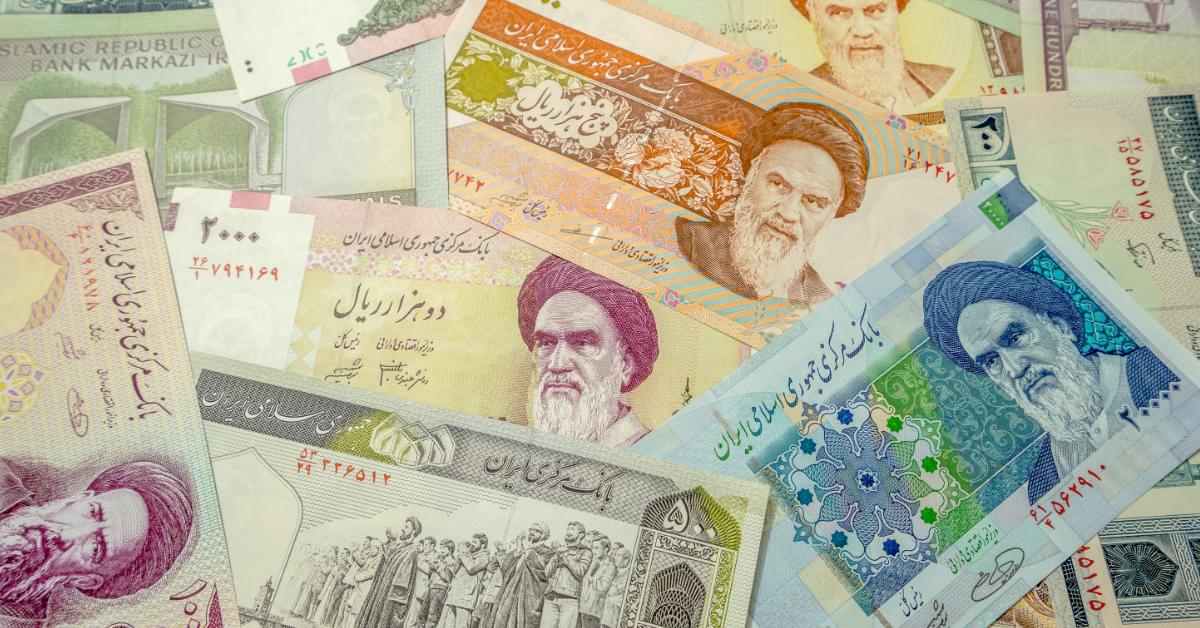
10. Ugandan Shilling (USH)
After the end of the Amin period in Uganda’s history, the country entered a programme of economic recovery, yet plunged back into trouble in 1984. Mismanagement of finances and erratic economic changes caused Uganda to slip into being one of the poorest and least-developed countries in the world, rendering the shilling one of the weakest currencies in Africa.
However, the economy does have upside potential, and due to the significant natural resources, some economists predict that Uganda is poised for significant economic recovery.
9. Cambodian Riel (KHR)
Agriculture and tourism mark the biggest income streams for Cambodia, and the country has a unique dual-currency system, where US dollars are also valid as legal tender. Dollars are more common in urban areas and tourist hotspots, so the riel is more often used in rural areas.
To combat this, the National Bank of Cambodia announced in 2020 that they would be phasing out a wide circulation of 1, 2 and 5 dollar notes in an attempt to reduce costs, but mainly to increase the need for the riel, which has suffered from depreciation.
8. Paraguayan Guarani (PYG)
Created in 1943, the guarani was pegged to the US dollar between 1960 and 1985. The economy of Paraguay is highly dependent on agricultural products and exports, and few available mineral resources and political instability have caused the guarani’s weakness.
In 2011, plans were announced to revalue the currency as the ‘nuevo guarani’ at a rate of 1000:1. However, this project has been suspended, and the guarani remains one of the weakest currencies within South America.
7. Uzbekistani Som (UZS)
Uzbekistan continued to use the Russian ruble for a few years after the collapse of the Soviet Union, but after the ruble was updated in 1992, Uzbekistan made the decision to introduce its own currency.
A significant slump in the GDP of the country after the change, combined with restrictions on currency conversion capacity, import restrictions and closure of borders with neighbouring countries, caused the som to become one of the weakest currencies in the region. In recent years, however, the country has shown significant improvements by opening up the country and has made several impactful economic reforms.
6. Laotian Kip (LAK)
The kip has been the currency of Laos since 1955, replacing the French Indochinese piastre at par. It was pegged to the US dollar from 1958 to 1972 and was replaced twice in 1972 and 1979 to try and stabilise the currency.
Laos remains one of the poorest countries in Southeast Asia, and off the back of the Covid-19 pandemic, was struck by an economic crisis, which caused the kip to undergo massive inflation.
5. Sierra Leonean Leone (SLL)
The leone was introduced in 1964, replacing the British West African pound. For a brief period, the leone was worth more than a US dollar in the 1980s, before it began to suffer huge depreciation, with 1 USD today worth 19,678 SLL.
The civil war in Sierra Leone solidified the trajectory of inflation, and several variations of the leone have been introduced to stabilise the currency. The old SLL is still in circulation, as well as a new leone (SLE) of 1000:1 exchange rate, however, inflation is still increasing and is currently at 37.8%.
4. Indonesian Rupiah (IDR)
The Indonesian rupiah was introduced in 1946 following the fight for independence against the Dutch Empire, replacing the Netherlands Indies gulden.
The 1997 Asian financial crisis, the Great Recession of 2007-2008, and the Covid-19 pandemic all struck Indonesia hard, and the rupiah has been weakened significantly by each of these events. Despite the weakness of the rupiah, Indonesia’s economy has remained relatively stable, and it has been projected that Indonesia could be one of the largest economies in the world by 2045.
3. Venezuelan Bolivar (VEF)
The bolivar has been the official currency of Venezuela since 1879. The reliance on the gold standard and the silver standard, as well as the peg to the US dollar, meant that, at one point, the bolivar was considered one of the most stable and valuable currencies.
However, the government’s decision to adopt a floating exchange rate in 1964 was for many economists a mistake and contributed to the currency’s rapid depreciation. In 1983, the currency began to depreciate and was at a manageable level, but by 2008, the original bolivar had been replaced by the current bolivar in an attempt to control the spiralling economy.
Despite these attempts to solidify the currency and re-peg to the US dollar, hyperinflation struck the country in 2012, causing the value of the currency to plummet. Venezuela’s inflation rate of 65,374% in 2018 dropped to around 400% in 2023, but the country’s economy is still officially in a state of hyperinflation.
2. Vietnamese Dong (VND)
After the reunification of Vietnam, the Northern dong and Southern dong were unified to create a single currency on the 3rd of May 1978. However, due to further pressures and struggles the country went through, the currency was reworked in an attempt to increase the currency’s value, but miscalculations caused inflation to hit 774% in 1986.
The currency has since stabilised, but the shocks of this economic downturn are still felt.
1. Iranian Rial (IRR)
Political tensions with the USA, and the Iran-Iraq war have rendered the Iranian rial officially the weakest currency in the world.
The Islamic Revolution of 1979 caused a rapid decline in the value of the Iranian rial due to the huge amount of capital flight from the country. Estimates are that around $30-40bn left the country during the revolution.
Since then, more recent events have also contributed to the weakness of the Iranian rial. By June 2020, the rial had fallen by more than five times what it was in 2018, which many attribute to the government printing too much money.
In 2022, the value of the rial plummeted again after the death of Mahsa Amini, which sparked international outrage. Since the event on September 16, 2022, the Iranian rial has fallen by 29%.
This huge inflation means that at the time of writing, 1 pound is the equivalent of 53,817 rials. To remedy the hugely inflated numbers, Iranians have adopted two systems for counting money – rial and tuman. Tuman is a system which simply removes one of the zeros to make counting the inflated currency a lot easier. 500,000 rials is equivalent to 50,000 tumans, and will sometimes appear as 50,000 T. But as a traveller, you will often need to ask which system the price is in.
Find out what the top 20 strongest currencies are in the world in 2023.
Caleb Hinton
Caleb is a writer specialising in financial copy. He has a background in copywriting, banking, digital wallets, and SEO – and enjoys writing in his spare time too, as well as language learning, chess and investing.
